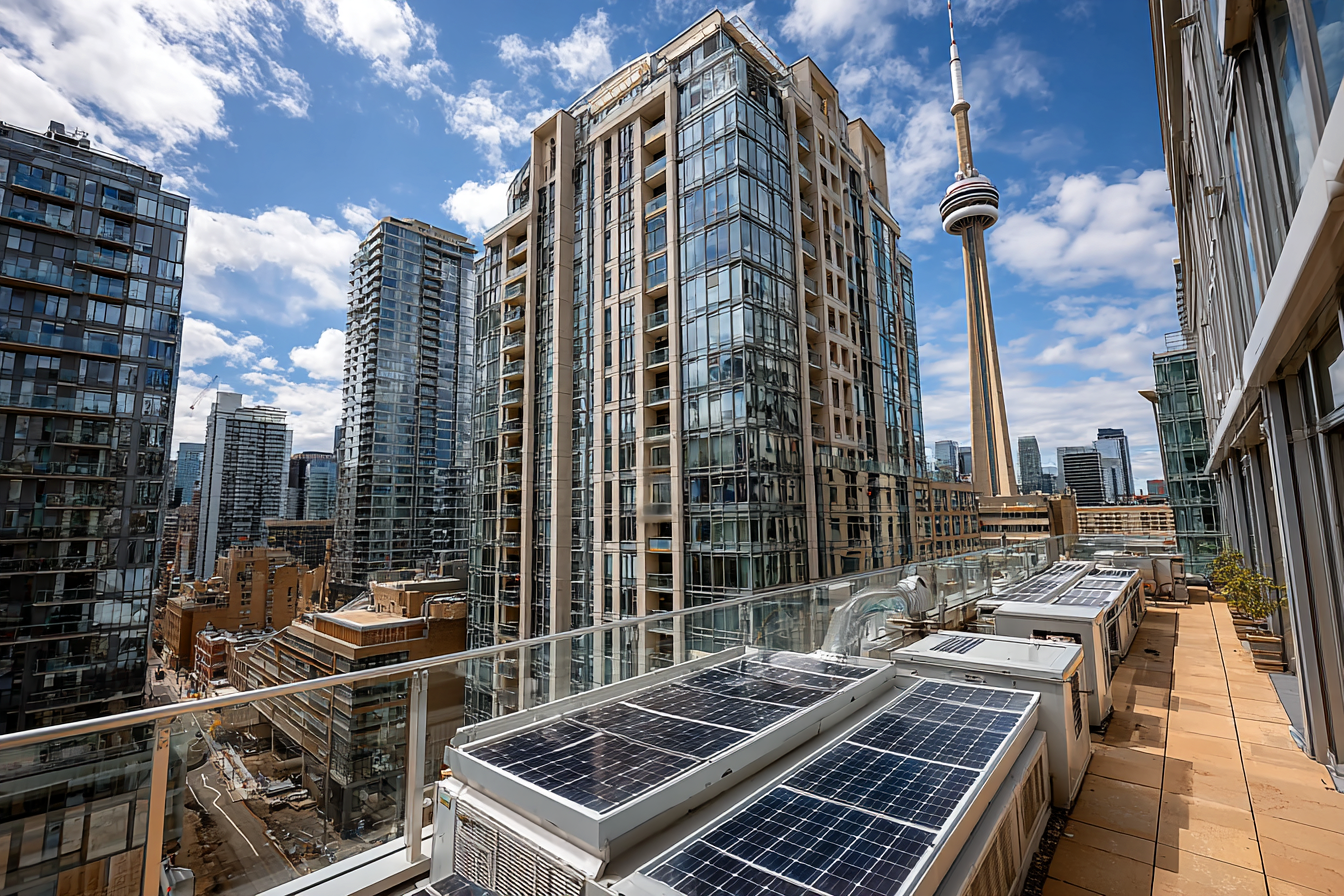Building a Simple CRM Funnel for Your Net-Zero Business

Written by Solenery
2 min read
Introduction
Managing leads efficiently is the difference between scaling your clean energy business and losing potential customers. Whether you’re a solar EPC in Ontario or a heat pump installer in BC, having a well-structured CRM (Customer Relationship Management) funnel ensures you don’t waste time on cold leads—or forget to follow up with hot ones.
In this guide, we’ll show Canadian net-zero contractors how to set up a basic but powerful CRM funnel to track, nurture, and convert more leads—without needing a full-time marketing team.
Map Your Customer Journey in Simple Stages
Your CRM should reflect how customers actually move through the decision process. Here’s a simple 6-stage model tailored to net-zero providers:
| Stage | What It Means |
|---|---|
| New Lead | Just submitted a form or came in from a referral |
| Qualified | Meets basic criteria (homeowner, budget, interest) |
| Consult Booked | You’ve scheduled a call or site visit |
| Quote Sent | Proposal delivered, awaiting decision |
| Won | Customer signed the deal |
| Lost/Nurture | Not ready or didn’t convert—add to re-engagement list |
Tip: Use colour-coded tags or columns in your CRM (e.g., HubSpot, Notion, Trello) to track these at a glance.
Define What Makes a Lead “Qualified”
Not every inquiry deserves a site visit. Build a simple scorecard based on your ideal clients:
| Qualification Criteria | Points |
|---|---|
| Owns home in BC/ON/QC | +10 |
| Interested in solar + heat pump | +15 |
| Asked about financing or rebates | +12 |
| Lives in rental or heritage district | –10 |
Only move leads with 30+ points to the “Consult Booked” stage. Others should enter a nurturing campaign (more on that below).
Canadian Context: A homeowner in Southern Ontario asking for solar + EV charger quotes with Greener Homes Loan interest? Likely a high-value lead.
Automate Your Follow-Ups and Nurture Low-Scoring Leads
Don’t let warm prospects go cold. Use email tools like Brevo or ConvertKit to build:
- A 3-email drip sequence for education (rebates, savings estimates, timeline)
- Reminder nudges for quote approvals
- Re-engagement emails every 60–90 days for lost or slow leads
Example Sequence:
Day 1: “Thanks for reaching out—here’s what rebates you qualify for”
Day 3: “How much could you save? Try our free solar calculator”
Day 7: “Still interested? Let’s book a call to walk you through your options”
Track KPIs That Matter
Data is only helpful if it drives action. At minimum, track:
- Close rate by source (Google Ads, Solenery, Referrals)
- Avg time to convert (from inquiry to closed deal)
- Quote-to-win ratio
- Cost per lead (CPL) and cost per sale (CPS)
Use free tools like Google Sheets or Airtable to track weekly or monthly.
Canadian Example: If your Facebook leads close at 7% but Solenery referrals close at 35%, reallocate spend or messaging accordingly.
Tools to Get Started (Even for Small Teams)
You don’t need Salesforce to build a good CRM. Start with:
- Notion or Trello – Free and visual lead boards
- HubSpot Free – Great entry CRM with automation
- Brevo or Mailchimp – For email automation
- Zapier – To connect forms with your CRM
If you’re using Solenery’s lead network, export leads into your system and tag them based on readiness (Solenery leads are often rebate-ready).
Conclusion
A clear CRM funnel turns chaos into confidence. Whether you’re managing five leads a week or fifty, a structured process means less stress, faster sales, and better follow-ups.
The good news? You can build this system today—with tools you already have.
Together, we can scale clean energy across Canada—one home, one project at a time.